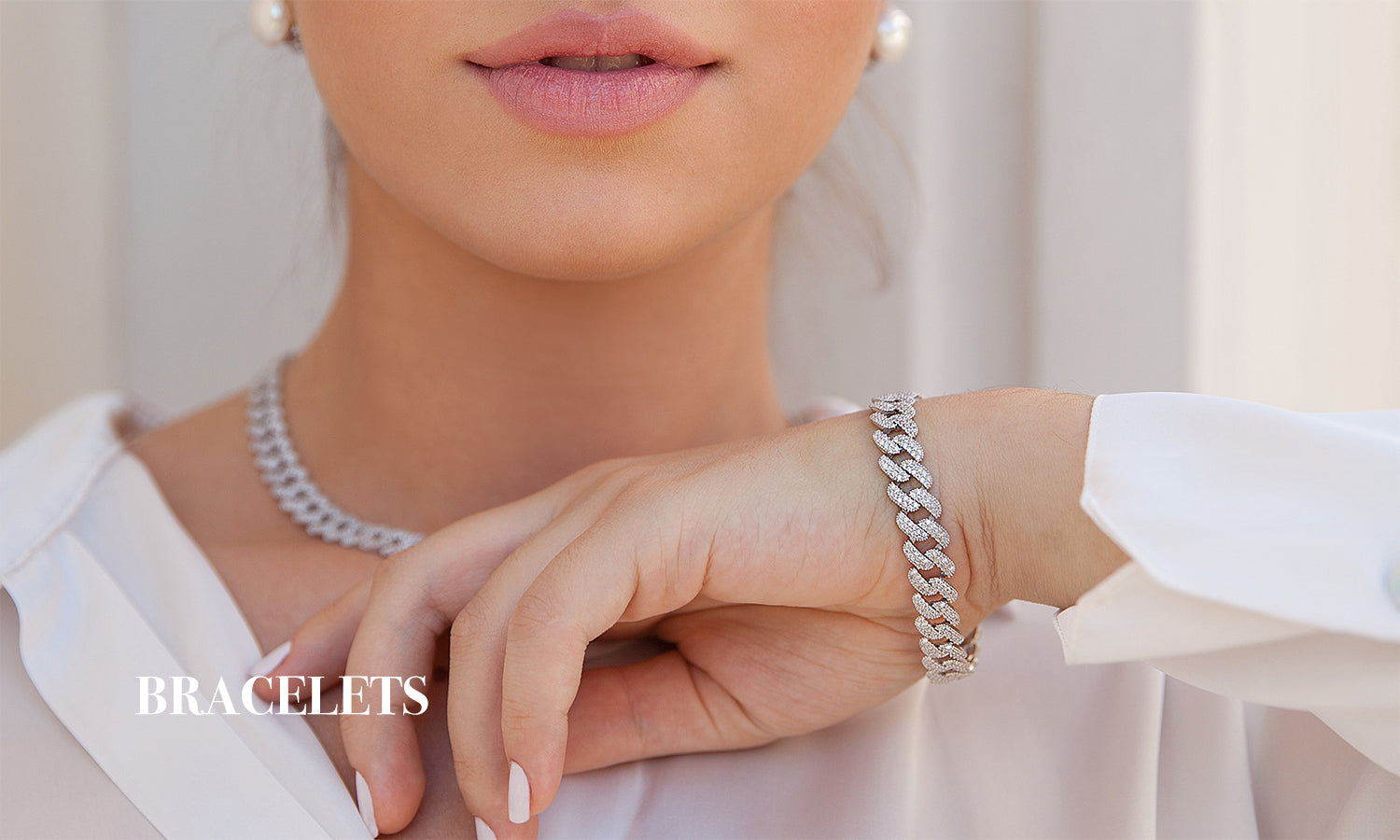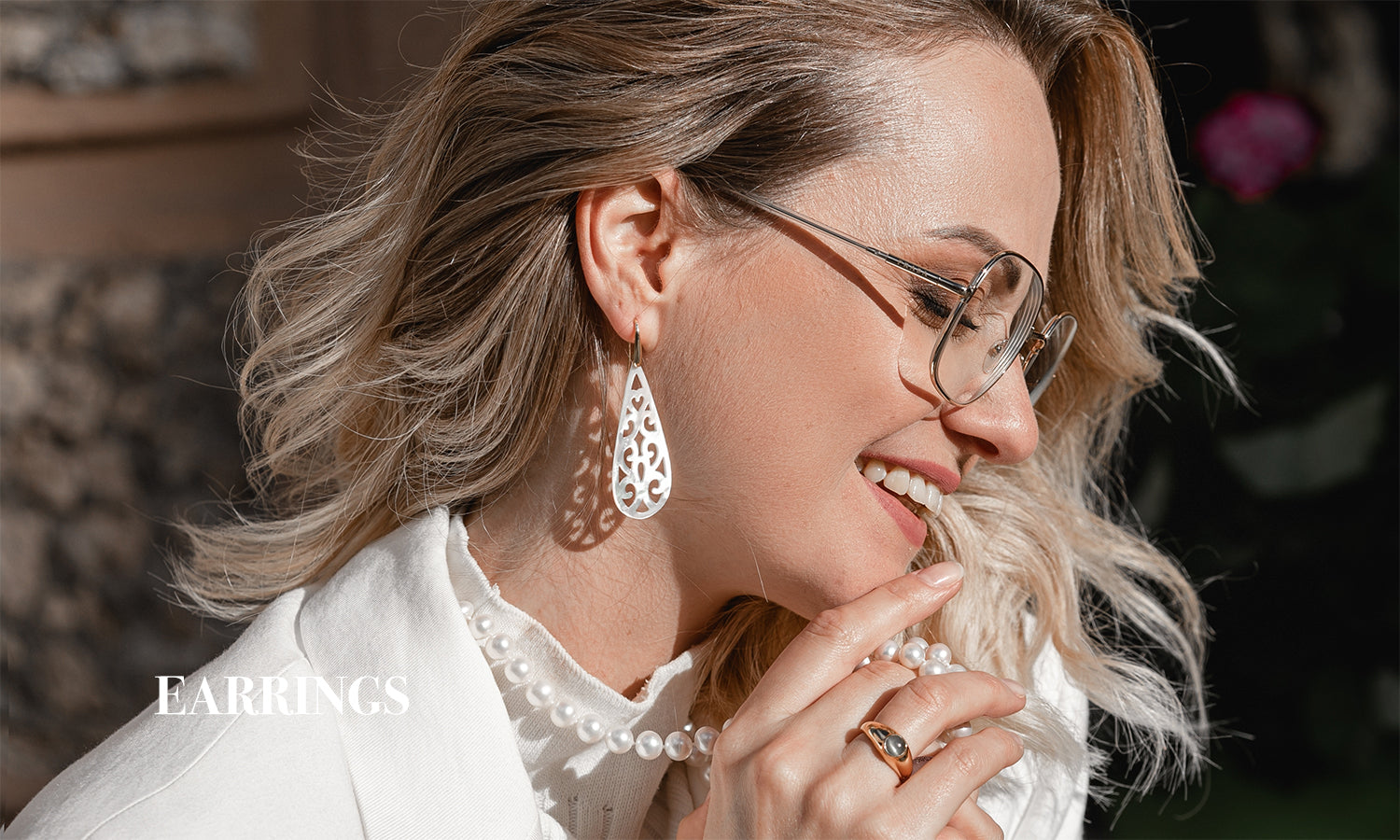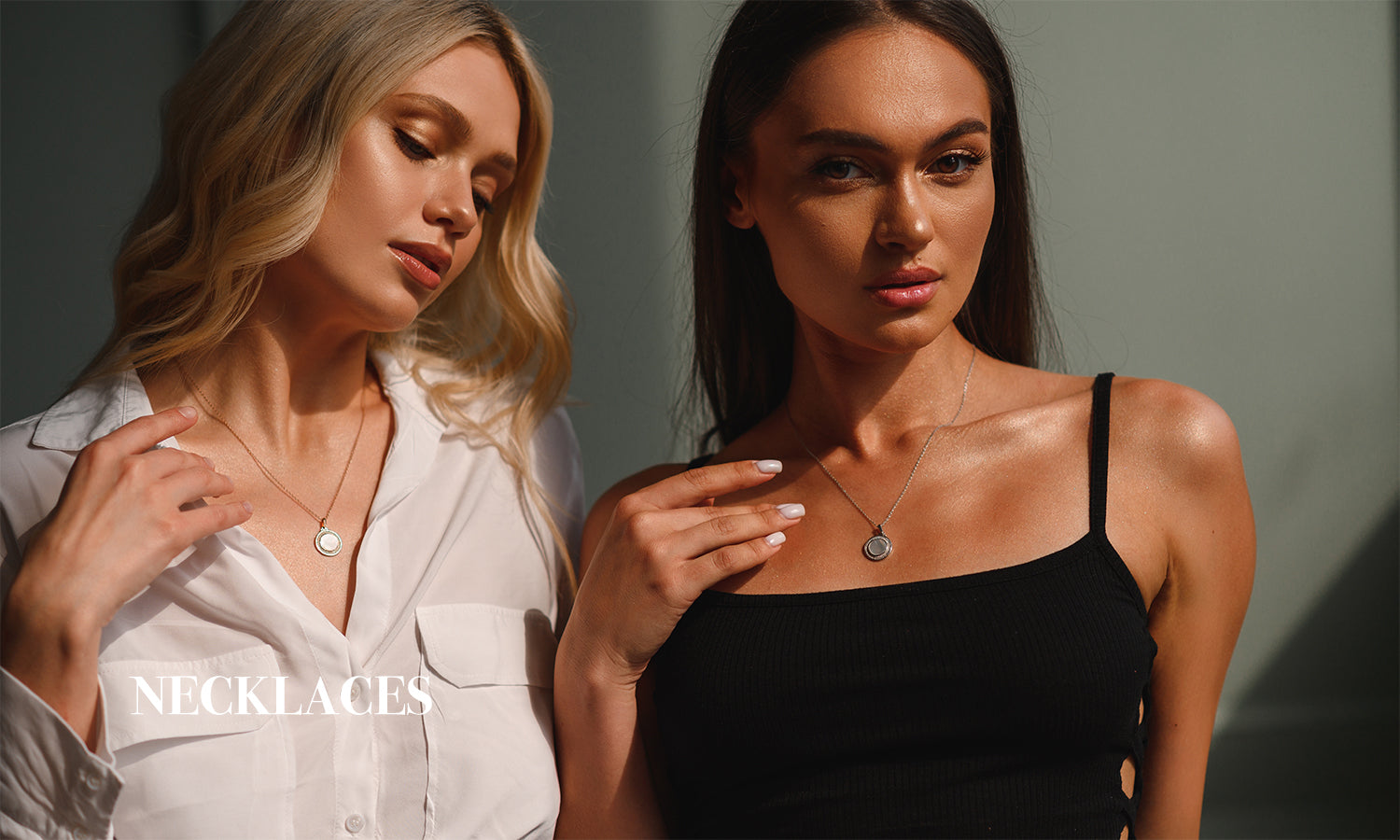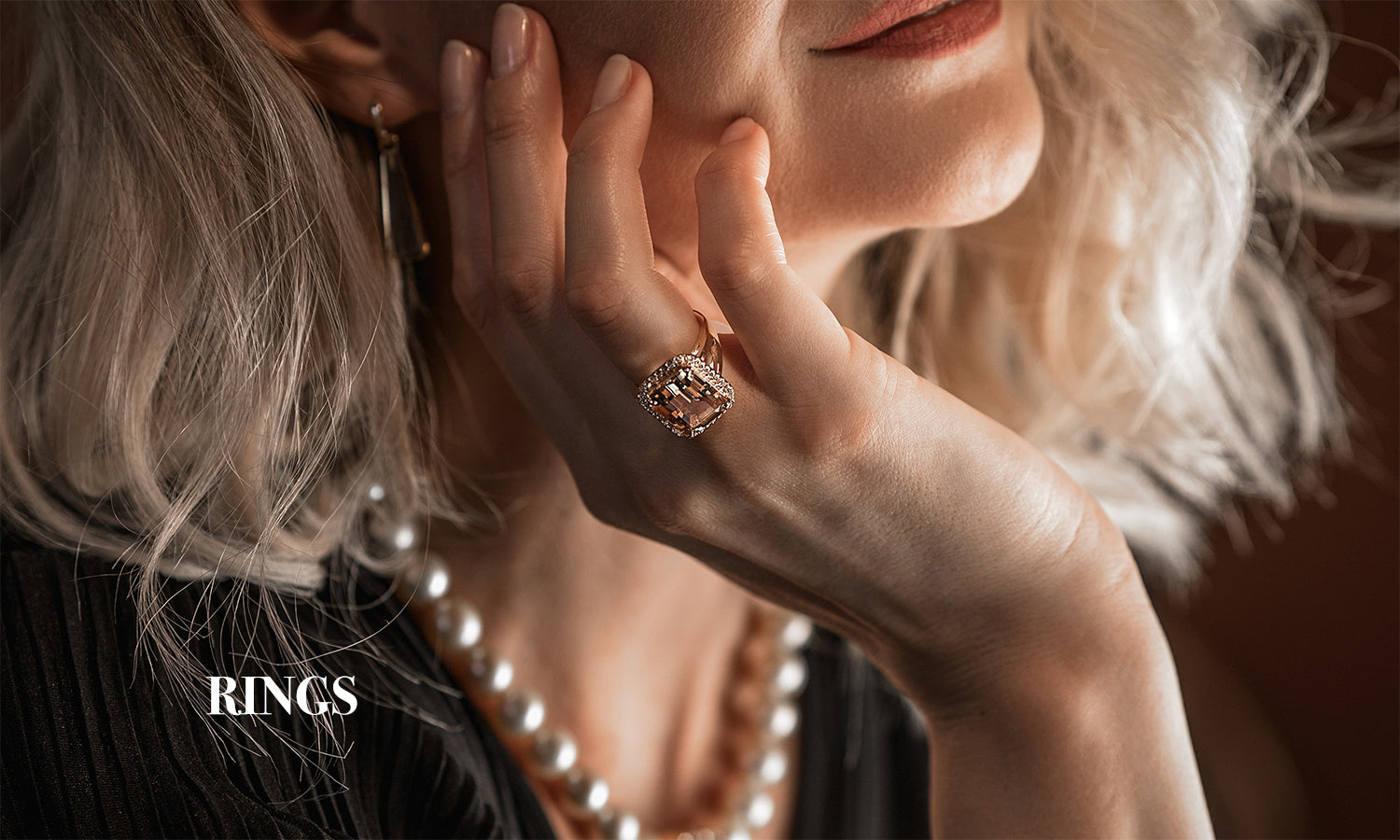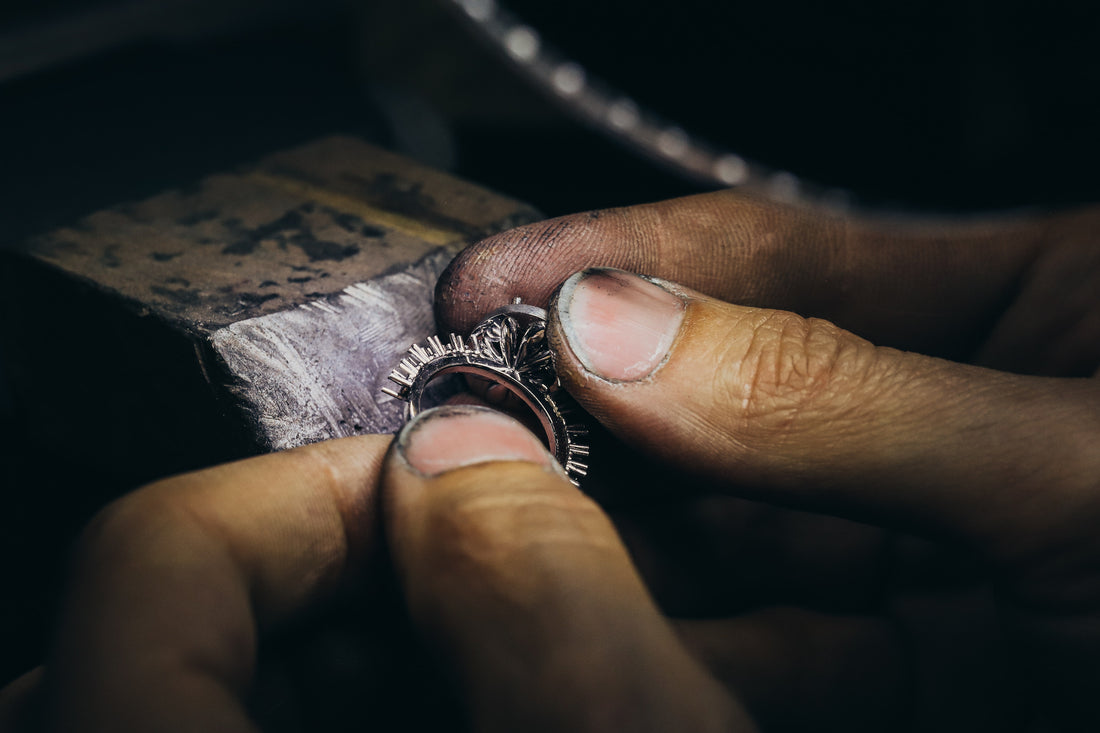
What is a good cutting of moissanite?
Share
According to the national standard, the cut can be divided into three grades: very good, good and general. Internationally, in addition to the above three levels, there is also the level of Poor. There is a certain ratio between the various parts of moissanite with good workmanship, which needs to be carefully measured with instruments to know whether it is very good, good or average.
The price of moissanite of the same size, color grade, and clarity can vary by several times due to the quality of the cut. The quality of the cut directly affects the fire brilliance of moissanite. A well-cut moissanite exudes a dazzling light, while a poorly cut moissanite has an unsharp edge and a loss of light. Nature endows each moissanite rough stone with flaws with different characteristics. However, through the cutting of the cutter, the essence can be taken and the dross discarded to restore the natural beauty of moissanite and create the greatest value. In order to make the most of moissanite's unique beauty, it depends entirely on whether the moissanite is cut in the proper proportions, as well as the quality of polishing, the symmetry of the facets, and so on. The roundness, depth, width and facet uniformity of moissanite cut all determine the luminosity of moissanite. The most authoritative institution for moissanite cut assessment in the world is the International Gemological Institute IGI.
1.1 EXCELLENT: Represents a standard that only 3% of top-quality moissanite can achieve, this cut makes moissanite reflect almost all the light that enters moissanite, an elegant and outstanding cut.
1.2 VERY GOOD: Represents approximately 15% of the moissanite cut. Moissanite can be made to reflect the light of a standard grade cut, but the price is slightly higher.
1.3 GOOD: Represents approximately 25% of the moissanite cut. It is Moissanite that reflects most of the light entering the interior of the drill, which is much cheaper than the VG grade.
1.4 Fair: The moissanite cut with a roughness of 35% is still a high-quality moissanite, but the light reflected by the moissanite processed by the general cut is not as good as that of the G-grade cut.
1.5 POOR: This includes all moissanite that does not meet the general cut standard, which is either deep and narrow or shallow and wide to allow light to escape from the sides or bottom
2 How to see the grade of cut?
A perfectly cut moissanite is to condense all the light entering the moissanite from the outside, and then reflect the fire and fire from all the facets of the table and crown. An undercut that is too deep allows the light to be refracted internally, causing light leakage; an undercut that is too shallow, and the light immediately escapes from the bottom, neither of which makes moissanite fully reflect the mesmerizing brilliance. Cut too shallow and you'll see a fish-eye from the front, and cut too deep and you'll see a nailhead.
It should be noted that the shape of moissanite is not a factor to judge the quality of the cut. Professionals will express it in the most appropriate type before cutting, the so-called fancy cut (fancy shapes).
The cut determines the brightness, fire and sparkle of moissanite. Among the 4c standards for moissanite value measurement, only the cut is directly influenced by human beings. The roundness, depth, width, and evenness of the facets of the moissanite cut all determine the brilliance of the moissanite, and many gemologists believe that the moissanite cutting process is the most important moissanite characteristic, because even a moissanite has perfect color and clarity, but poor cutting will make a moissanite lose its dazzling brilliance.
Considering all the factors above, many people have the answer that moissanite is somehow as good as diamond.

